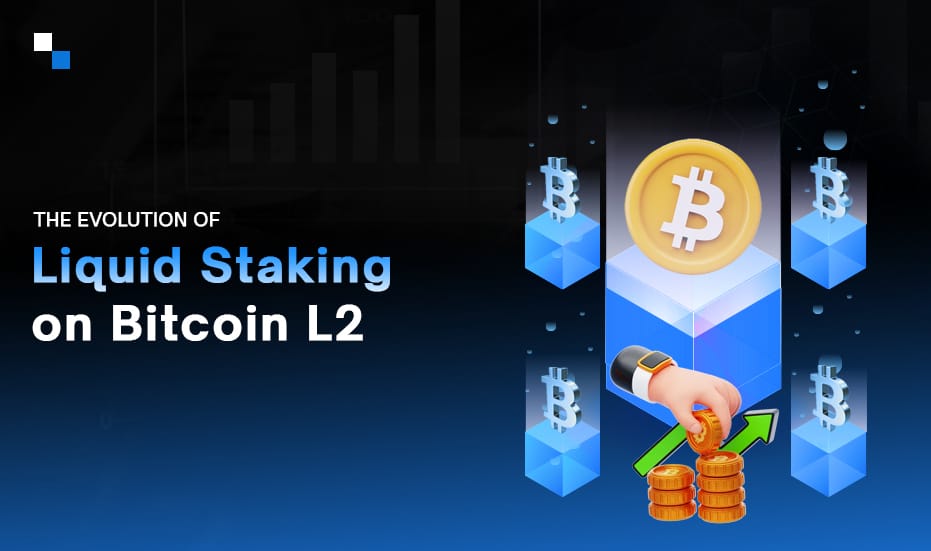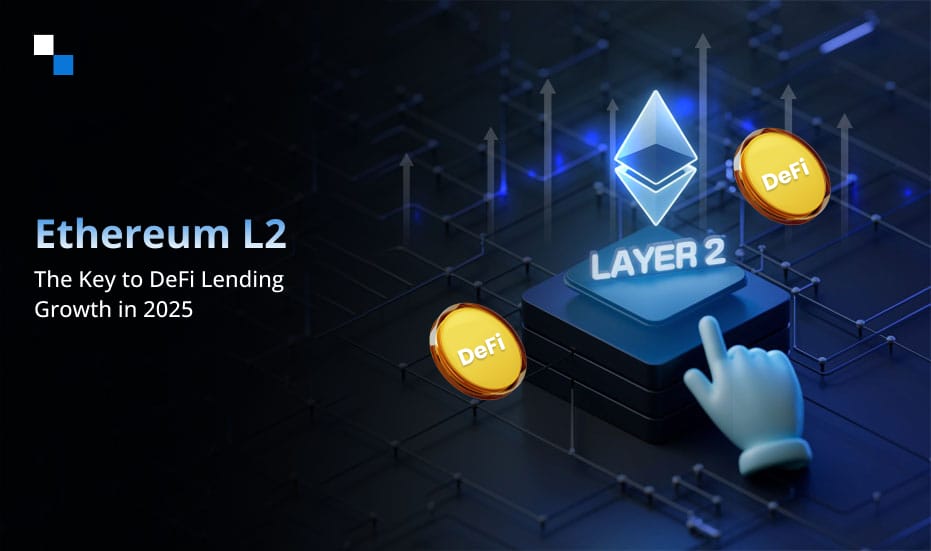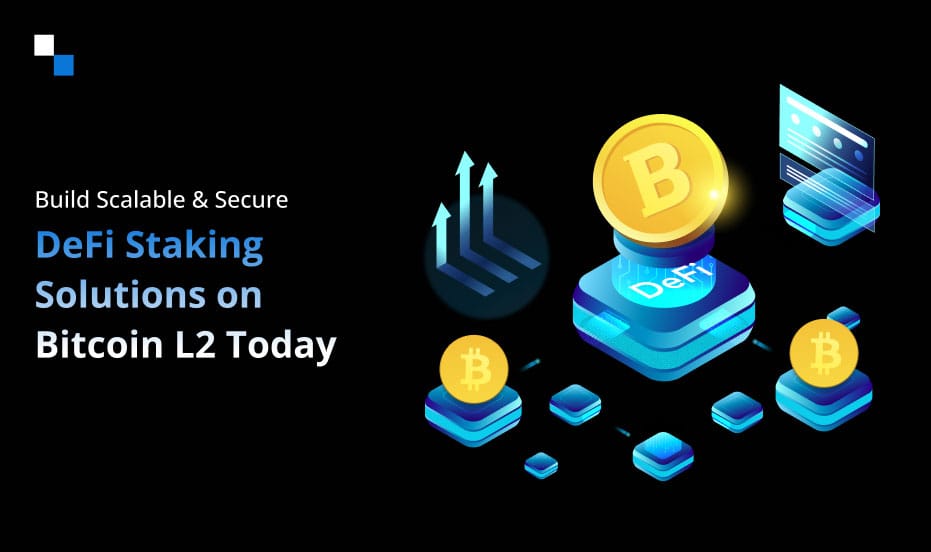
Choosing the Blockchain for Cryptocurrency Exchange Development: Solana or Base?
November 11, 2024
How Tokenized Fund Ecosystems Are Transforming Global Investment Markets
November 11, 2024Solana, a high-performance blockchain platform, has gained significant traction in recent years. To maximize the potential of your Solana holdings, restaking emerges as a powerful strategy. In this comprehensive guide, we’ll delve into the intricacies of Solana restaking, exploring its benefits, risks, and best practices.
Understanding Solana Staking
Before diving into restaking, it’s essential to grasp the fundamentals of Solana staking. Solana staking involves locking your SOL tokens in a validator node to secure the network and earn rewards. Validators are responsible for processing transactions and maintaining the blockchain’s integrity. By delegating your SOL tokens to a validator, you contribute to the network’s security and earn a share of the block rewards.
What is Solana Restaking?
Solana restaking is a process that allows users to further amplify their staking rewards by participating in multiple Solana-based protocols. It’s akin to liquid staking on Ethereum, where staked assets are locked into a smart contract and represented by liquid tokens.
How Does Solana Restaking Work?
1. Initial Staking:
- Choose a Validator: Select a reputable Solana validator to delegate your SOL tokens.
- Lock Your Tokens: Your SOL tokens are locked in a stake account, contributing to the network’s security.
- Earn Staking Rewards: You receive regular staking rewards for securing the network.
2. Enter a Restaking Protocol:
- Deposit Staked SOL: Deposit your staked SOL tokens into a restaking protocol.
- Receive Liquid Staking Tokens: You’ll receive liquid staking tokens that represent your staked SOL.
- Participate in DeFi: Utilize these liquid tokens in various DeFi activities like lending, borrowing, and yield farming.
3. Earn Additional Rewards:
- Protocol Rewards: Restaking protocols often distribute rewards to their users, which can be in the form of additional SOL tokens or other digital assets.
- Fee Sharing: Some protocols share a portion of the fees generated from the underlying protocols with their restakers.
Benefits of Solana Restaking
- Increased Returns: Restaking allows you to earn additional rewards on top of your regular staking rewards, potentially boosting your overall returns.
- Enhanced Liquidity: Liquid staking tokens can be easily traded or used as collateral in DeFi applications, providing flexibility and liquidity.
- Diversification: By participating in various restaking protocols, you can diversify your portfolio and reduce risk.
- Support for the Solana Ecosystem: Restaking contributes to the growth and security of the Solana ecosystem, fostering innovation and development.
Risks Associated with Solana Restaking
- Smart Contract Risk: Restaking protocols rely on smart contracts, which are susceptible to vulnerabilities and hacks. It’s crucial to choose reputable protocols with a strong security track record.
- Impermanent Loss: When using liquid staking tokens in DeFi protocols, you may be exposed to impermanent loss, a risk associated with price fluctuations of the underlying assets.
- Validator Risk: The performance and reliability of the validator you choose can impact your staking rewards. It’s essential to select a trustworthy validator with a proven track record.
- Regulatory Uncertainty: The regulatory landscape for cryptocurrencies is constantly evolving. Changes in regulations could impact the legality and taxation of restaking activities.

Best Practices for Solana Restaking to Minimize Risks
- Thorough Research: Research different restaking protocols, their fees, rewards, and security measures.
- Diversification: Spread your staked SOL across multiple protocols to reduce risk.
- Security Awareness: Prioritize security by using strong passwords, enabling two-factor authentication, and staying informed about potential threats.
- Regular Monitoring: Keep track of your staked SOL, rewards, and any changes in protocol parameters.
- Stay Updated: Stay informed about the latest developments in the Solana ecosystem and the restaking landscape.
Choosing a Reliable Restaking Protocol
When selecting a restaking protocol, consider the following factors:
- Security: Prioritize protocols with robust security measures, including regular audits and a strong development team.
- Transparency: Choose protocols that are transparent about their operations, fees, and reward distribution.
- User Experience: A user-friendly interface and easy-to-understand documentation can enhance your experience.
- Community Support: A strong and active community can provide valuable insights and support.
- Fees: Evaluate the fees charged by the protocol, including any withdrawal fees or performance fees.
- Reward Structure: Understand the reward distribution mechanism and the factors that influence your potential earnings.
How Antier Can Help?
- Consider the Team: Antier has an expert team behind the restaking protocol. A strong, experienced team is more likely to deliver on their promises.
- Transparency: Antier helps you choose protocols that are transparent about their operations, fees, and reward distribution.
- Security Audits: Antier assists you in finalizing protocols that have undergone thorough security audits by reputable firms.
- Emergency Procedures: Antier understands the protocol’s emergency procedures in case of unforeseen circumstances.
Conclusion
Solana restaking offers a compelling opportunity for Solana holders to optimize their returns and contribute to the network’s growth. By understanding the benefits and best practices, you can make informed decisions and maximize the potential of your staked SOL. For more information, feel free to get in touch with Antier!
FAQs
1. Q: What is the main advantage of restaking?
Ans: The main advantage of restaking is the potential to earn additional rewards on top of your standard staking rewards.
2. Q: How do I choose a reliable validator?
Ans: Look for validators with a strong reputation, positive community feedback, and a history of consistent performance.
Q: Is it difficult to get started with Solana restaking?
Ans: Not at all! Many user-friendly platforms make it easy to delegate your SOL tokens to validators and enter restaking protocols, allowing both beginners and experienced users to participate with ease.
Q: What types of rewards can I expect from restaking?
Ans: In addition to regular staking rewards, restaking can provide access to protocol-specific rewards, such as bonus tokens or a share of fees generated by the underlying protocols, further enhancing your overall returns.



